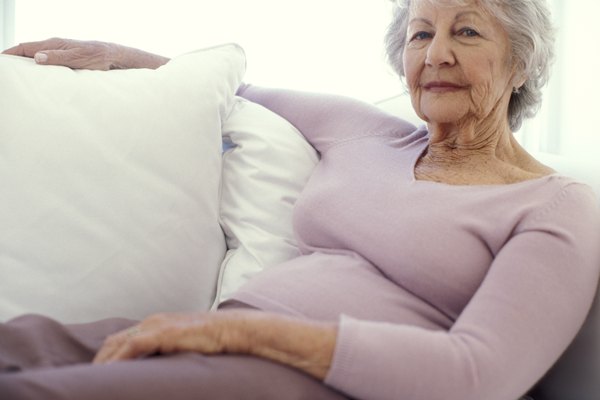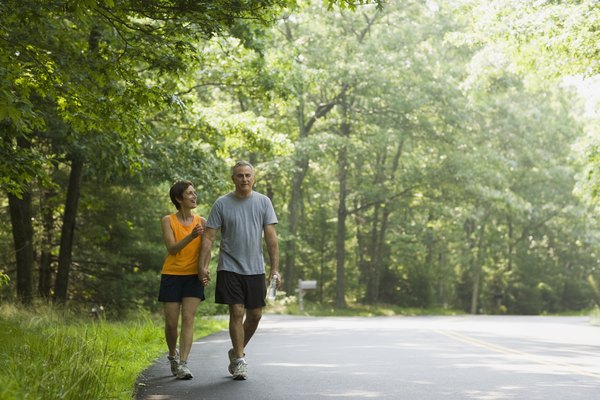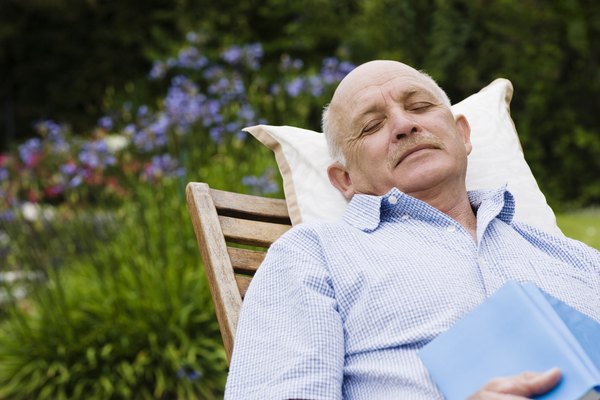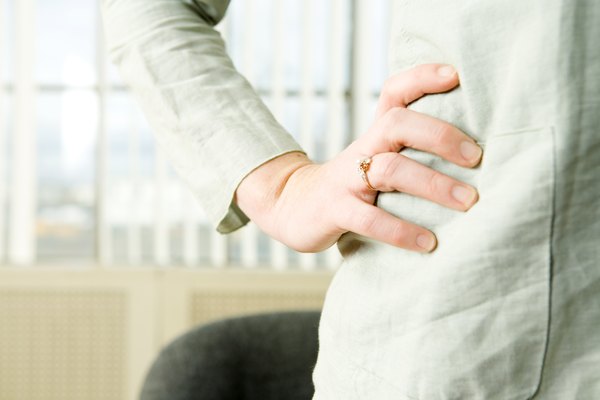Hip arthritis is one of the most common forms of osteoarthritis, according to the American Academy of Orthopaedic Surgeons (AAOS). This type of “wear-and-tear” arthritis mainly affects weight-bearing joints. In its milder forms, hip arthritis may only cause brief discomfort. Even so, the AAOS suggests seeing your doctor as soon as possible if you think you may be affected. Take the time to learn about the most common early symptoms of hip arthritis.
Hip Stiffness
Hip arthritis is a progressive disorder. It slowly erodes and destroys cartilage that lines your hip joint. As this happens, the hip joint loses its flexibility. Over time, significant damage to the cartilage may occur, causing pain and restricting movement. Joint stiffness is often an early symptom of osteoarthritis, according to the Mayo Clinic. If you have hip arthritis, you may feel this stiffness in your groin, buttocks, or thighs. Hip stiffness is often more acute in the morning or after a long period of sitting. It usually improves after hip movement or mild exercise. However, exercise may also cause pain.
Hip Pain After Exercise
In the early stages of hip arthritis, you may notice hip pain after exercise. This is especially true after high-impact activities, such as sports that involve running or jumping. The pain may extend through the hip to the groin and the front of the leg.
In mild arthritis, hip pain may occur during exercise and go away after resting. Along with hip stiffness, hip pain with exercise is an early symptom of hip arthritis.
Hip Weakness
As the protective cartilage layer covering the hip joint wears away, changes occur in the surrounding soft tissues. Inflammation of these soft tissues can lead to pain and reduced hip function. It may also increase the pain that occurs during exercise.
When hip pain from exercise increases, it’s common for people to reduce their level of physical activity. However, the AAOS notes that cutting back on exercise may cause weakness in the muscles controlling your hip. Over time, this may lead to a limp.
Lack of Hip Flexion
Hip flexion is measured by how far you can bring your knee up toward your chest. Poor hip flexion can indicate early stages of hip arthritis, according to research in the Journal of Orthopedic & Sports Physical Therapy. Lack of hip flexion is caused by the irritation of the hip joint lining. As the cartilage around the hip socket erodes, the ball of the hip joint cannot rotate smoothly. A healthcare professional may examine the full range of motion in the joint before making a diagnosis of hip arthritis.
Loss of Hip Internal Rotation
Hip internal rotation is the ability of the hip joint to rotate inward, toward the groin. This rotation is often reduced in a hip with arthritis. It is common for hips with severe arthritis to have no internal rotation. In the beginning stages of arthritis, hip internal rotation may be restricted but not lost.
The loss of hip internal rotation is caused mainly by cartilage erosion that restricts the hip from rotating fully. According to the AAOS, bone spurs that often form around an arthritic hip joint may further reduce hip joint motion.
References
Image Credit
Jupiterimages/Polka Dot/Getty Images









